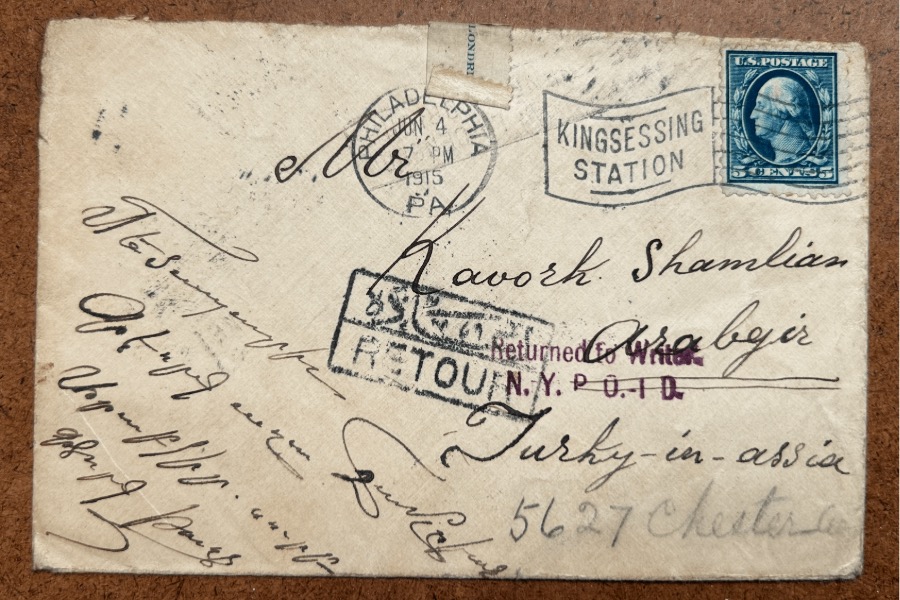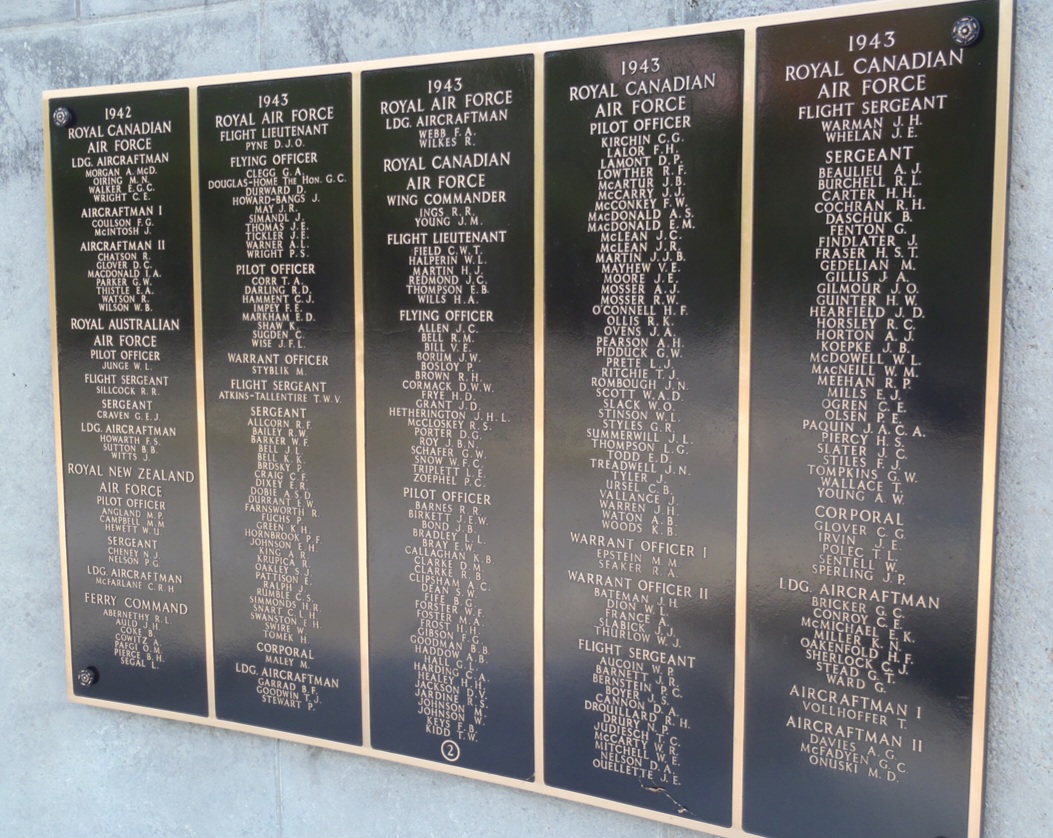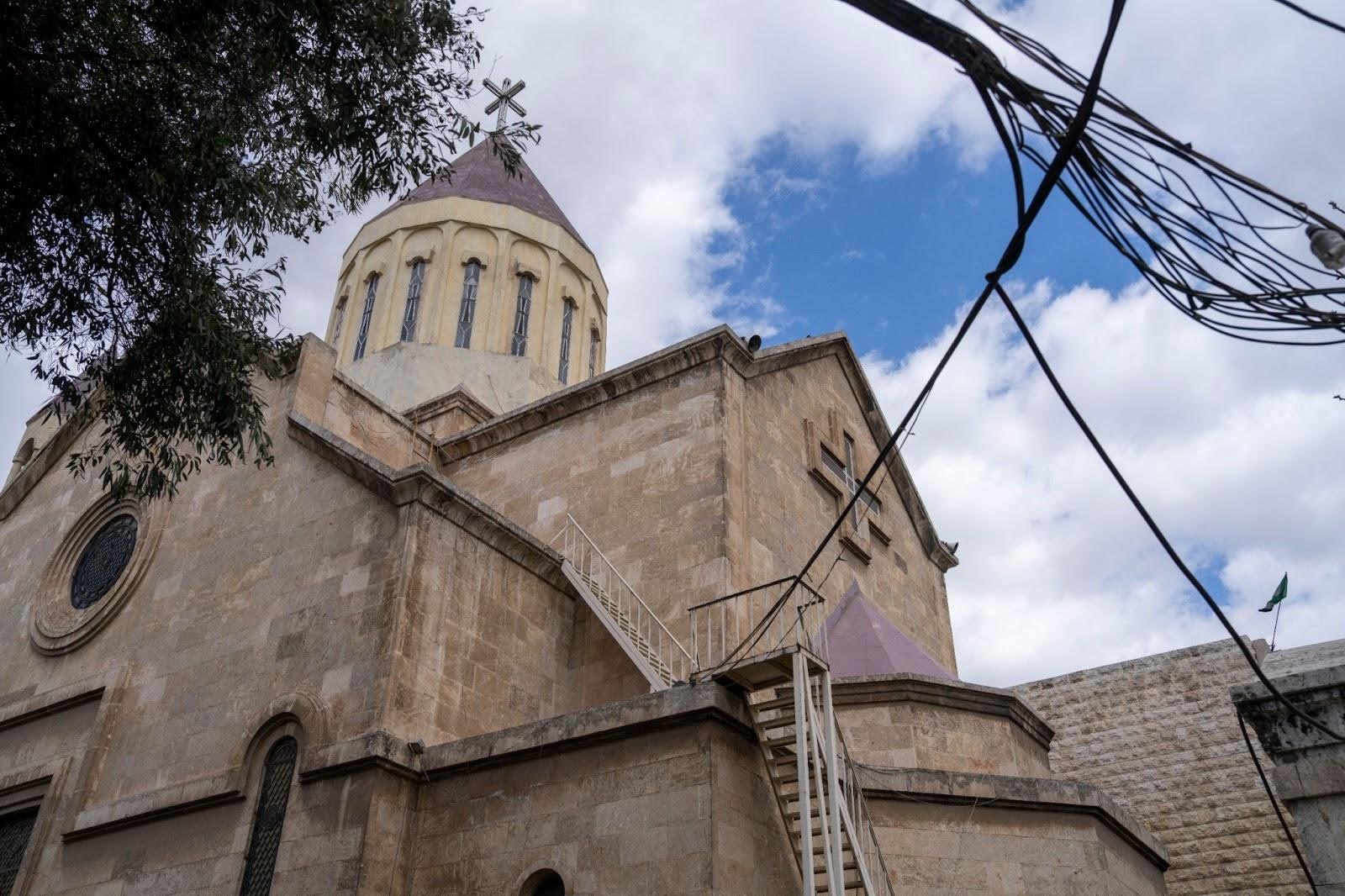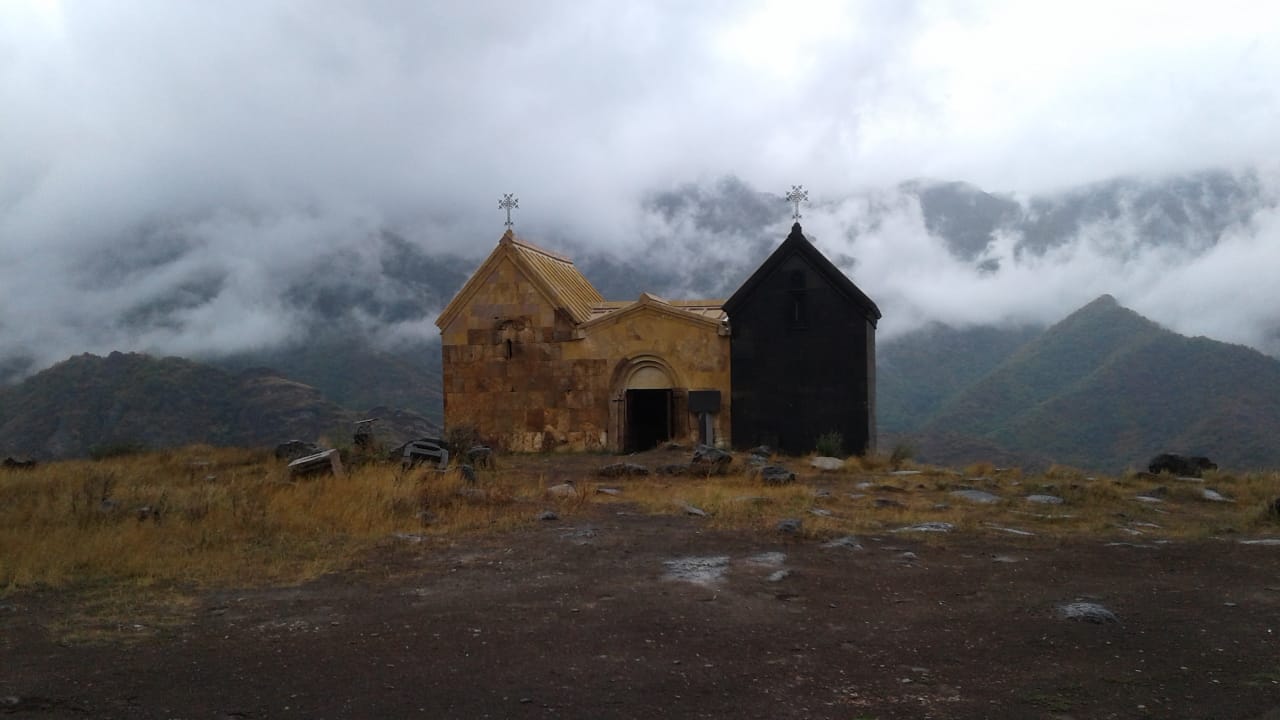A journey to Vank in western Armenia


Recently, I returned from a journey to western Armenia leading a small group of friends to their ancestral villages. Prior to embarking on the trip, I contemplated additional areas I wanted to explore. As I mapped out the route, a monastery named Surp Lousavorich on British World War I era maps drew my attention east of Erzinga (Erzincan).

World War II era German and British maps labeled the same location as Vank or Vanik. It is common to find locations in Turkey today named Vank if an Armenian monastery had been located there. Initially, I triangulated the monastery’s location from nearby villages shown on the maps and satellite imagery. While it is not uncommon for villages to move locations, as we approached the spot, it was clear nothing existed there today.


We continued on to another location mentioned by locals. The road was not passable with our vehicle, so we started on foot without having any clear view of what was ahead. After confirming we were on the right path at a lone farm where the owner was tending to his sheep, we soon spotted the remains of the monastery.

It was clear the monastery had once been quite large, but only fragments of two walls remained. Nearby was a building that seemed to have been built using stones from the monastery. After exploring the remains fully, we went to the structure and asked a shepherd there if any inscriptions remained on the stones within. Interestingly, there was a deeply engraved “1856” on one of the stones, possibly the date of some prior renovation. Another stone had faint remnants of an Armenian inscription, thus confirming it had come from the monastery.

Once I returned home, I further researched the monastery and earlier photographs of the site. One of the objectives of these journeys is to document the condition of Armenian cultural sites. It is important to note any deterioration in the structures, whether purposeful or through neglect. Tragically, most often any decline can be attributed to vandals treasure hunting and the continuing crime of genocide.

One valuable resource for finding old photographs of Armenian cultural sites is the work of Research on Armenian Architecture (RAA). Since its inception in 1970, RAA has taken thousands of photographs across the Armenian highlands. Around 1990, a series of seven volumes of microfiche was compiled from this research. The collection includes a series of photographs taken in 1975 of Sp. Lousavorich monastery, also referred to as the monastery of Charcharanats, by Gundolf Bruchhaus. Some of these photographs as well as a description are contained in an article by Robert Tatoyan on the Houshamadyan website.

The monastery’s date of construction is unknown, but in the 19th century it was purported to be the largest in the region. Comparing photographs separated by 50 years reveals a serious decline in the monastic complex. There is no longer any evidence of a significant circuit wall, which existed in 1975. In addition, much more of the church structure existed in 1975 containing carved stones throughout. All that remains today are portions of two walls of the church and small amounts of debris scattered about.

There are those who believe that documenting the location and condition of Armenian cultural sites places them at increased risk of vandalism, but the scarcity of efforts to generate awareness over the last 100+ years has not saved these historically important monuments. On the contrary, they have been destroyed, year after year, without anyone to serve as witnesses. Thus, the genocide of the Armenians continues unabated in silence and obscurity.










This is an amazing article. George, how can I contact you about speaking at a public library where I live in MA?
Please forward to every place on this earth ..to show what turks have done to Armenian churches…
Americans don’t know about the Armenian genocide…
Can you tell us how many churches in Western Armenia occupied by Turkey are in this situation…
I read once they demolished>2400 churches… monasteries…